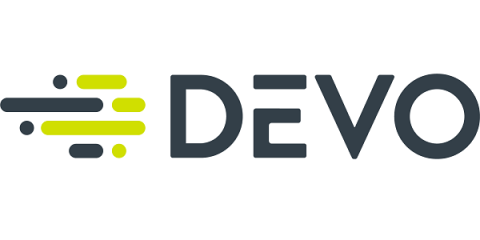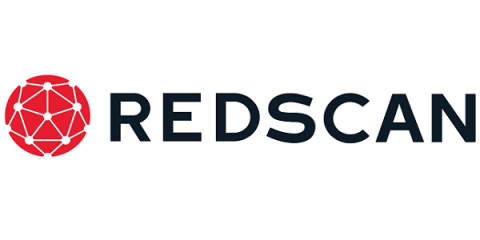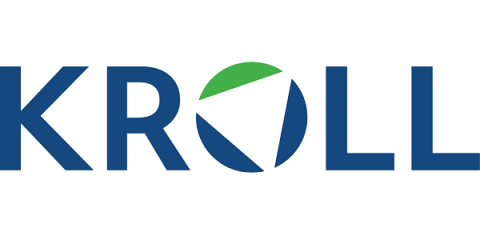What is a Reverse Proxy?
A reverse Proxy server processes all traffic between end-users and a web server. To achieve this, this type of proxy server is situated at a network's edge as an additional endpoint where it receives all initial HTTP connection requests before they're sent to the origin server (where all website data is stored). Reverse proxies can be regarded as the security guard of your network, ensuring all connection requests are legitimate and securely established.











